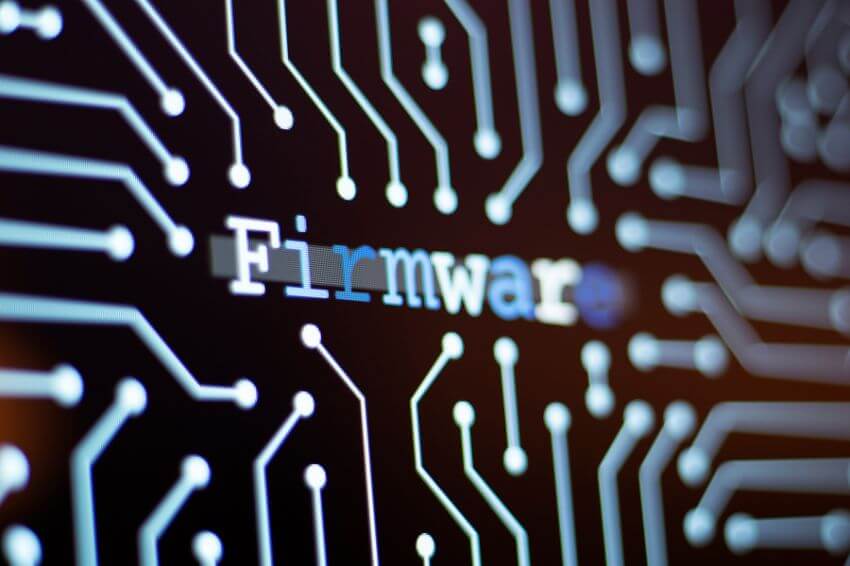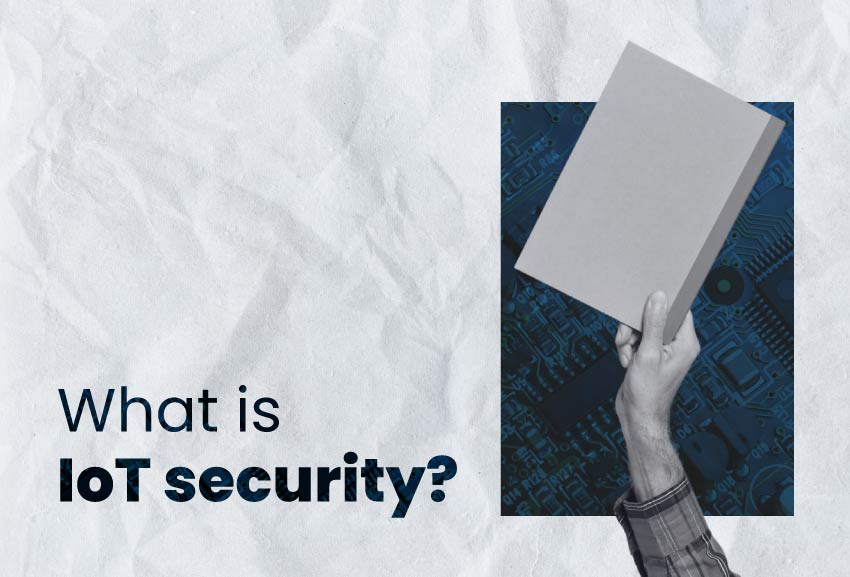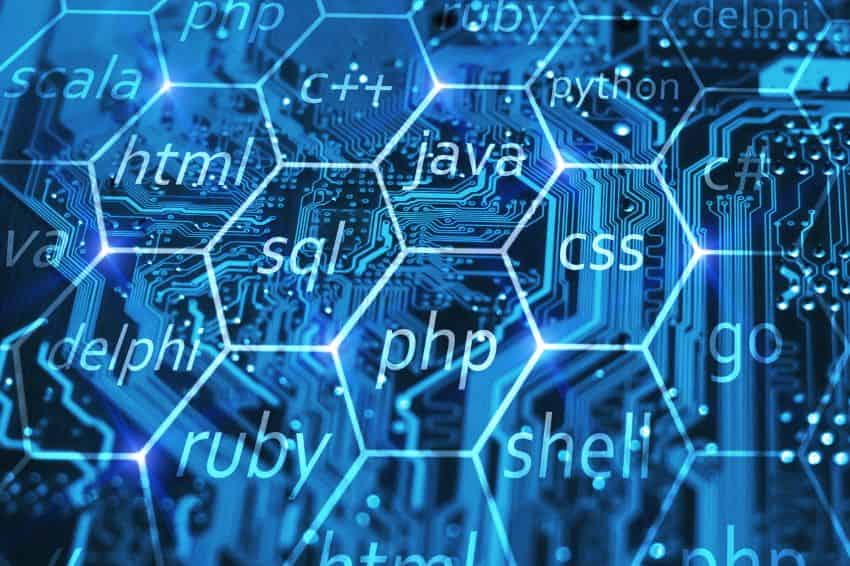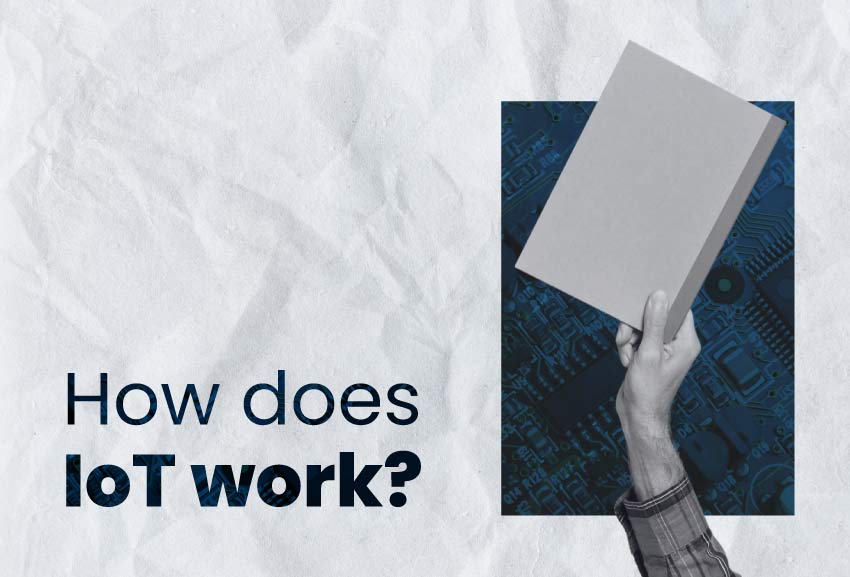Many people usually believe firmware and software are the same thing when talking about electronics, computers, or IoT devices, however, they are different. That’s why in this article we want to analyze firmware vs software, their differences, relationship with hardware and some examples to understand how they work.
Firmware definition
Maybe you are wondering, what is firmware? Do I need to develop it for my product? Is it really important? We’ll explain the meaning of firmware in an easy way:
Firmware is a piece of software that is embedded into a hardware.
Is that it? Well, in short, yes. We know how important it is to understand concepts that are often used in electronic product design, and we always try to communicate clearly with our customers and readers.
If we want to go a step further, we can say firmware is a code that dictates how a hardware device is going to work, this is built on C language and it doesn’t take up a lot of memory from the device.
So, considering the needs you may have to develop your product through hardware development services, you really need to build a good firmware.
Software meaning
Now, what is the definition of software? It refers to a set of data, instructions or programs that are used to operate a device or computer and perform certain functions. A software guarantees that a mobile phone, laptop, tablet or smart device is able to work.
For instance, it is more common to update the software of a pc or smartphone than updating the firmware.
The software will allow you to manage tasks, process data, and control more aspects of your device.
Can firmware be updated?
Firmware can be updated, however, it needs some expertise for doing it correctly, since it is necessary to use special programs.
If you have an IoT device you would like to update, you can contact our expert team in firmware development services, they will provide all necessary feedback around firmware programming or upgrades.
DeepSea Developments provides
Top Firmware Development Services
Firmware vs Software
You already know the firmware and software definition. What’s the difference between these two? Let’s find out.
Firmware differences
- It doesn’t need constant use or engagement with users.
- Works in the background of the device to guarantee a basic performance (see IoT with python).
- It doesn’t necessarily need to be updated.
- Built on basic programming language (IoT with Raspberry Pi).
Software differences
- It can be built upon basic and complex languages (C++, Java, Python).
- Software needs updates from time to time to guarantee the performance of the device.
- The user interacts with the interface of the software for executing certain tasks.
- A device won’t function or execute tasks without a system software. For instance: IOS, Android, Windows.
- Software also comes as applications and they are not crucial for the performance of a device or hardware. For instance: Web browsers, social media apps, time management apps.
As you can see from the information provided above, firmware doesn’t need to interact with people or to enhance user experience. It is a code that allows physical components in a computer or hardware to work correctly.
On the other hand, software is built to enhance user experience, and to provide data or perform tasks that a hardware is intended to do. This is one of the reasons why software needs to be updated periodically, since constant interaction with users will require fixing bugs, adding new features, or improving its overall performance.
Firmware vs software vs hardware
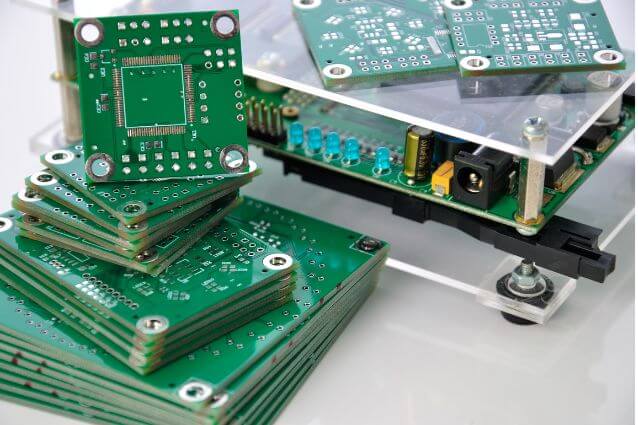
Now, let’s see how these three concepts relate to each other. Hardware is any device that contains electronic components. For instance, imagine a smart washing machine.
The smart washing machine has different components with embedded systems, that is, sensors, chips, regulators, among others. Each one of these elements may have a specific function, and therefore, they may need different firmware to work properly and to communicate with the software (user’s app) that allows to program the washing machine to do laundry at specific times and with different washing cycles.
Electronic product developers have to take into account all aspects of the hardware, firmware and software, and find ways to integrate them properly to guarantee the right performance.
This is also related to product prototype development, which requires to perform several iterations with a more advanced product; considering a good Printed Circuit Board design (see PCB benefits), microcontrollers, electronics, hardware, firmware, and a stable operative system (when necessary).
Firmware vs software examples
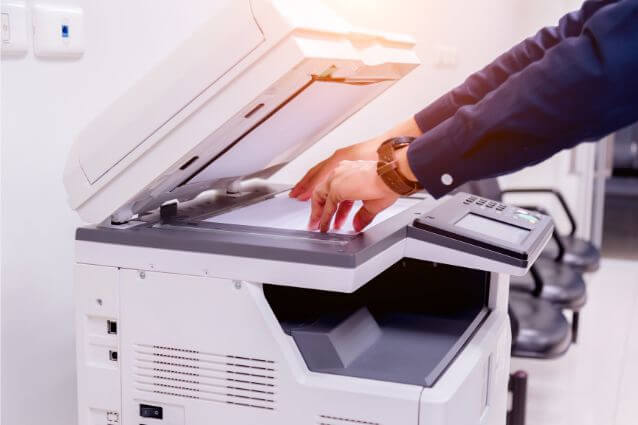
If you still have some questions regarding firmware or software, it is because you may need more examples around these concepts.
If you think of a microwave, printer, or remote control, you don’t really need software installed in your computer or phone to control these devices. So, they just need embedded software or firmware to make them work with just a few clicks or pushed buttons.
The printer may need software to work from your computer, but this device also has firmware integrated to guarantee it can connect to the internet and send and receive data to print a document or photo.
Think of your favorite wearable device. This small technology has some chips integrated into it, and these bring firmware integrated. However, if you want to measure the steps you took over a week, or to analyze the data regarding your health, you may install a software application on your phone to receive and process the data from the IoT device.
There are more IoT devices examples out there, and all of them have firmware and software that complement their features and performance.
Do you need firmware or software? Well, it depends on the complexity of your device, and what you want to achieve with it. We hope this article is useful for you and you can make decisions about the development of your product.
If you require some advice regarding firmware, software or hardware development, contact us by clicking below.

